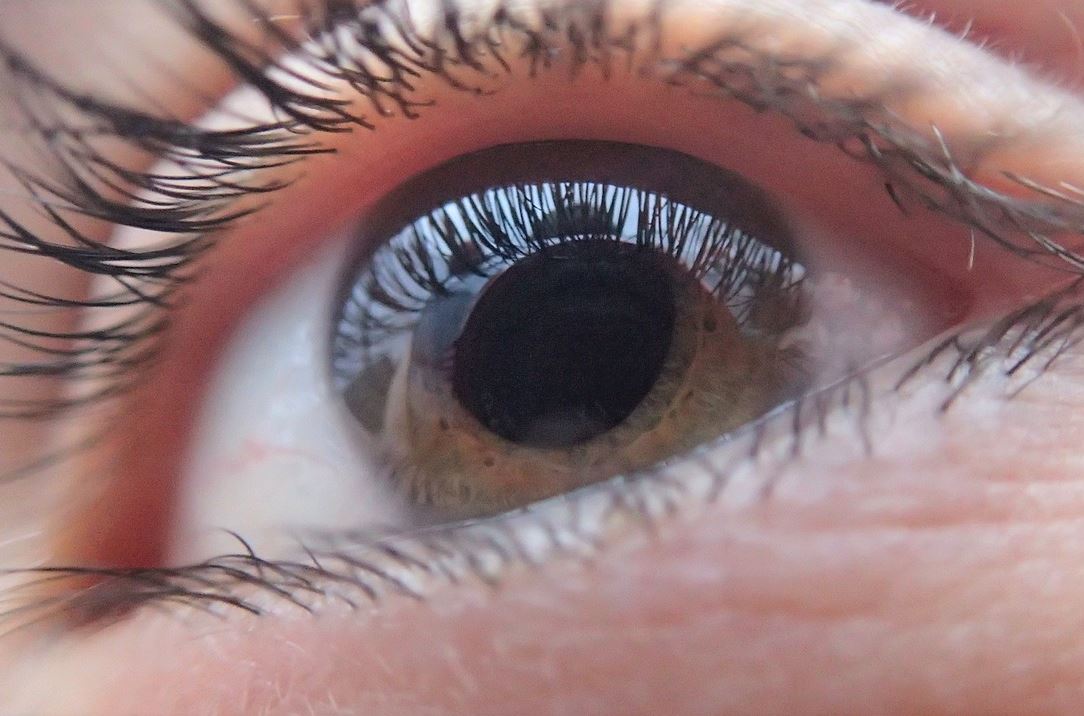
The latest investigation into a promising new genetic test for glaucoma – the leading cause of blindness worldwide – has found it has the ability to identify 15 times more people at high risk of glaucoma than an existing genetic test.

The study, just published in JAMA Ophthalmology, builds on a long-running international collaboration between Flinders University, the QIMR Berghofer Medical Research Institute and other research partners around the world to identify genetic risk factors for glaucoma.
“Early diagnosis of glaucoma can lead to vision-saving treatment, and genetic information can potentially give us an edge in making early diagnoses, and better treatment decisions,” says lead researcher Associate Professor Owen Siggs, from Flinders University in South Australia and the Garvan Institute of Medical Research in Sydney, NSW.
Senior author, Flinders University Professor Jamie Craig, says the latest research highlights the potential of the test in glaucoma screening and management.
“Genetic testing is not currently a routine part of glaucoma diagnosis and care, but this test has the potential to change that. We’re now in a strong position to start testing this in clinical trials,” says Matthew Flinders Distinguished Professor Craig, a consultant ophthalmologist who also leads a in world-leading glaucoma research program at Flinders University, funded by Australia’s NHMRC.

The latest results benchmarked the performance of genetic testing on 2507 Australian individuals with glaucoma, and 411,337 individuals with or without glaucoma in the UK.
One in 30 Australians will ultimately develop glaucoma, many of whom are diagnosed late due to lack of symptoms.
Once diagnosed, several treatment options can slow or halt the progression of glaucoma vision loss.
The new test, performed on a blood or saliva sample, has the potential to identify high-risk individuals before irreversible vision loss occurs.
Members of the research team are also launching a spin-out company to develop an accredited test for use in clinical trials, with recruitment expected to begin in 2022.
The paper, Association of monogenic and polygenic risk with the prevalence of open-angle glaucoma (2021) by OM Siggs, X Han, A Qassim, E Souzeau, S Kuruvilla, HN Marshall, S Mullany, DA Mackey, AW Hewitt, P Gharahkhani, S MacGregor and JE Craig, has been published in JAMA Ophthalmology DOI: 10.1001/jamaophthalmol.2021.2440
You can help: A research study is also underway to validate this and similar tests in identifying people at high and low risk of glaucoma and age-related macular degeneration: further information please complete the form at the link https://qualtrics.flinders.edu.au/jfe/form/SV_bw4ikQMFFR6t0ea
Acknowledgements: The research was funded by the National Health and Medical Research Council (NHMRC), and the Rebecca L Cooper Medical Research Foundation.
Declaration: Conflict of interest declaration is that some of the authors have filed a patent related to this test (JEC, AWH, SM), and/or are cofounders in a company formed to commercialise the test (OMS, JEC, AWH, SM).
See also Ophthalmology article: https://www.sciencedirect.com/science/article/pii/S0161642020311167?via%3Dihub

Did you know?
- Glaucoma is a progressive eye disease and is the leading cause of irreversible blindness in Australia.
- While vision loss can’t be restored, early diagnosis and treatment can delay or halt the progression of the disease. That is why it’s so important to detect the problem as early as possible.
- It is estimated that there are 300,000 Australians living with glaucoma, but over 50% are unaware they have it, thinking they have healthy eyes.
- Glaucoma is hereditary – you are 10x more likely to have glaucoma if you have a direct family member with glaucoma.
- First degree relatives of a person with glaucoma have an almost 1 in 4 chance of developing glaucoma in their lifetime, and that risk increases to 56% if their glaucoma is advanced. So telling your direct family to get tested is extremely important.
Source: Glaucoma Australia How to raise glaucoma awareness | ways to help | Glaucoma Australia

